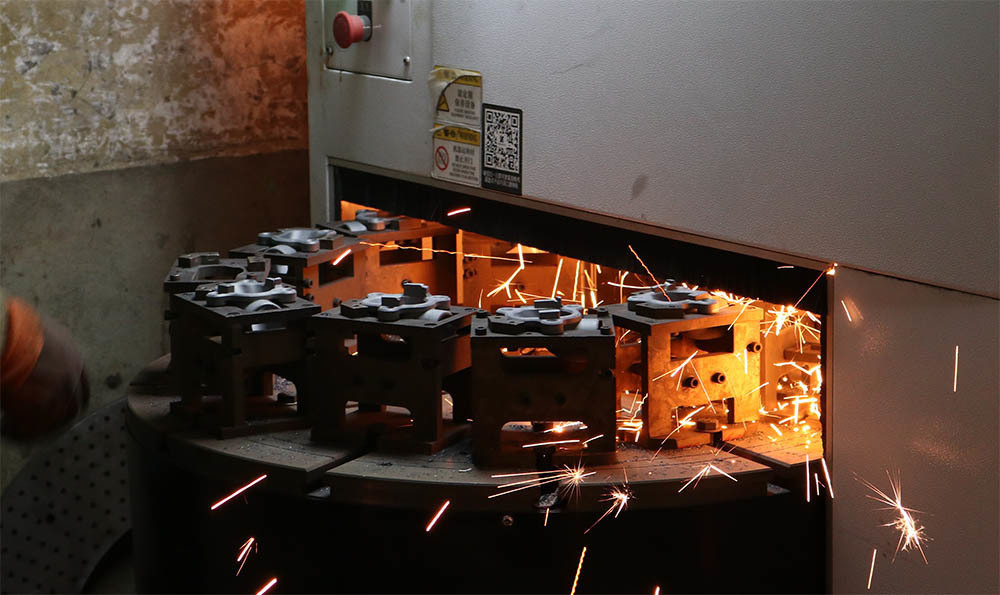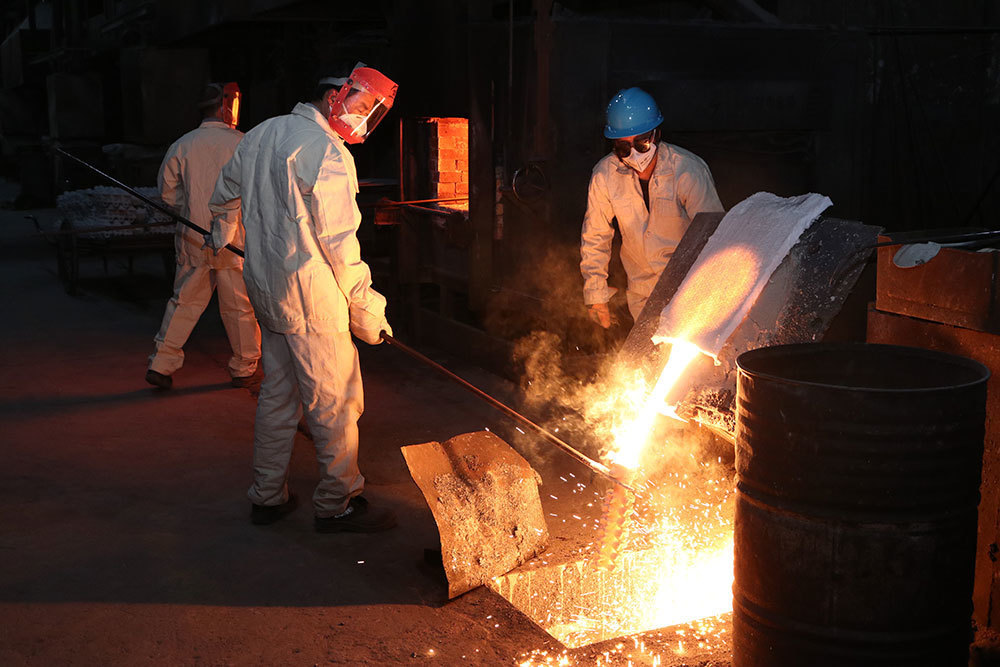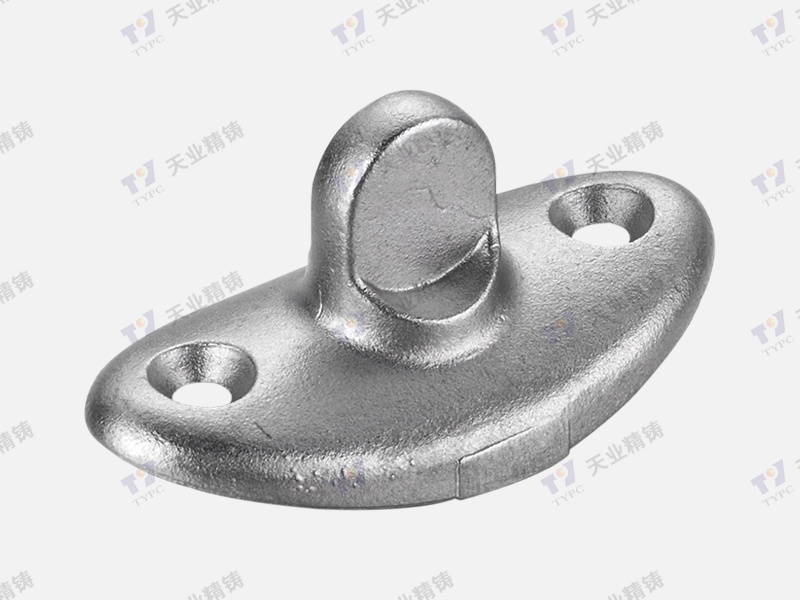2025-05-21
Optimizing Production Processes through Precision Investment Casting Solutions
Optimizing Production Processes through Precision Investment Casting Solutions
Table of Contents
- 1. Introduction to Precision Investment Casting
- 2. What is Investment Casting?
- 3. Benefits of Precision Investment Casting Solutions
- 4. Applications in Industrial Equipment Manufacturing
- 5. Key Technical Processes in Investment Casting
- 6. Common Challenges and Effective Solutions
- 7. The Future of Investment Casting Technologies
- 8. Conclusion
- 9. Frequently Asked Questions
1. Introduction to Precision Investment Casting
In the competitive landscape of manufacturing, the optimization of production processes is paramount. **Precision investment casting** has emerged as a transformative solution, significantly impacting various industries by enhancing the quality of components while simultaneously reducing production costs. This article delves into the intricacies of investment casting, highlighting its benefits, applications, and innovations that can help improve overall production efficiency.
2. What is Investment Casting?
Investment casting, often referred to as lost-wax casting, is a manufacturing process that involves creating precise metal components through a series of intricate steps. At its core, investment casting begins with a wax pattern that is coated in a ceramic shell. Once the shell is formed, the wax is melted away, leaving a cavity that is filled with molten metal. This method allows for high precision and complex geometries that are often difficult to achieve with traditional manufacturing techniques.
The Process Explained
The investment casting process can be broken down into several critical steps:
1. **Pattern Creation**: Wax patterns are produced, either by hand or through advanced 3D printing technology, ensuring they reflect the desired final product.
2. **Shell Building**: The wax patterns are coated with a ceramic slurry, creating a hard shell that can withstand the heat of molten metal.
3. **Wax Removal**: The shell is heated, melting away the wax and leaving a hollow ceramic mold.
4. **Metal Pouring**: Molten metal is poured into the cavity of the shell, allowing it to take on the precise shape of the original wax pattern.
5. **Shell Removal**: After cooling, the ceramic shell is broken away, revealing the final metal component.
6. **Finishing**: The cast component undergoes various finishing processes, such as machining and polishing, to meet specific tolerances and surface finishes.
3. Benefits of Precision Investment Casting Solutions
The adoption of precision investment casting offers numerous advantages over traditional manufacturing methods. Some of the most significant benefits include:
High Precision and Tolerance
Investment casting provides unparalleled precision, allowing manufacturers to produce components with intricate details and tight tolerances. This accuracy is essential in industries where performance and reliability are critical.
Complex Geometries
Unlike other casting methods, investment casting can create highly complex shapes that may not be feasible with machining alone. This capability reduces the need for additional fabrication and assembly, streamlining the production process.
Material Efficiency
Investment casting minimizes waste by utilizing a near-net-shape method, which means that the component produced is very close to the final shape, requiring minimal machining. This efficiency translates to cost savings and reduced material consumption.
Versatility in Materials
The process accommodates a wide range of materials, including ferrous and non-ferrous metals, allowing manufacturers to choose the best material for their specific application.
Reduced Lead Times
With advancements in technology, investment casting can significantly reduce lead times. The ability to produce accurate patterns quickly and efficiently means faster turnaround times for production schedules.
4. Applications in Industrial Equipment Manufacturing
Precision investment casting finds applications across various sectors, particularly in the realm of **industrial equipment manufacturing**.
Aerospace
In the aerospace industry, where weight and strength are paramount, investment casting is employed to create components such as turbine blades and structural components that require high precision and reliability.
Automotive
The automotive sector utilizes investment casting for producing engine components, transmission parts, and various other intricate parts that demand high-quality standards for safety and performance.
Medical Devices
Investment casting is critical in the medical devices industry, where precision and biocompatibility are essential. Components for surgical instruments and implants benefit from the accuracy achieved through this casting method.
Oil and Gas
The oil and gas industry uses investment casting for various applications, including valve bodies and pump components, where durability and reliability in extreme conditions are crucial.
5. Key Technical Processes in Investment Casting
Understanding the technical processes involved in investment casting is key to optimizing production efficiency.
Advanced Pattern Making
The use of advanced pattern-making techniques, such as **3D printing**, enables the rapid production of intricate designs, allowing for more complex parts to be produced in less time.
Automated Shell Building
Automation in the shell-building process reduces labor costs and increases consistency in shell quality, which is crucial for achieving uniformity in the final product.
Quality Control Measures
Implementing stringent quality control measures throughout the casting process, such as non-destructive testing and dimensional inspections, ensures that components meet the required specifications and standards.
6. Common Challenges and Effective Solutions
While precision investment casting offers numerous benefits, there are challenges that manufacturers must address to fully optimize their production processes.
Challenge: Reducing Defects
Defects such as porosity and dimensional inaccuracies can compromise the integrity of cast components.
Solution: Rigorous Process Control
Employing rigorous process controls, including real-time monitoring of temperature and material flow, can significantly reduce the incidence of defects.
Challenge: Material Selection
Choosing the wrong material can lead to performance issues and increased costs over time.
Solution: Expert Consultation
Engaging with material science experts during the design phase ensures that the selected materials align with the specific requirements of the application.
7. The Future of Investment Casting Technologies
The investment casting industry is on the brink of significant advancements, driven by technological innovations and evolving market demands.
Integration of Smart Technologies
The integration of **smart technologies**, such as IoT devices and AI, into investment casting processes can enhance monitoring and predictive maintenance, leading to improved efficiency and reduced downtime.
Sustainability Initiatives
As industries strive for sustainability, investment casting processes are evolving to reduce energy consumption and waste, aligning with global sustainability goals while maintaining production efficiency.
8. Conclusion
Precision investment casting solutions have revolutionized production processes across various industries by enhancing quality, reducing lead times, and allowing for complex geometries. As technology continues to evolve, manufacturers who embrace these innovations will be better positioned to optimize their production processes and meet the demands of an ever-changing market. Investing in precision investment casting not only improves product quality but also aligns operational processes with future industry trends.
9. Frequently Asked Questions
What industries benefit most from precision investment casting?
Industries such as aerospace, automotive, medical devices, and oil and gas significantly benefit from precision investment casting due to its high accuracy and material efficiency.
How does investment casting compare to traditional casting methods?
Investment casting offers superior precision, reduced material waste, and the ability to create complex geometries compared to traditional casting methods, making it ideal for high-performance applications.
What materials can be used in investment casting?
A wide range of materials can be used in investment casting, including aluminum, stainless steel, titanium, and various alloys, allowing for versatility based on application needs.
What are the typical lead times for investment casting projects?
Lead times can vary depending on the complexity and volume of the project, but advancements in technology have reduced overall lead times, often allowing for rapid prototyping and production.
What measures can be taken to ensure high-quality investment castings?
Implementing stringent quality control measures, such as real-time monitoring and non-destructive testing, alongside proper material selection, ensures high-quality outcomes in investment casting.









